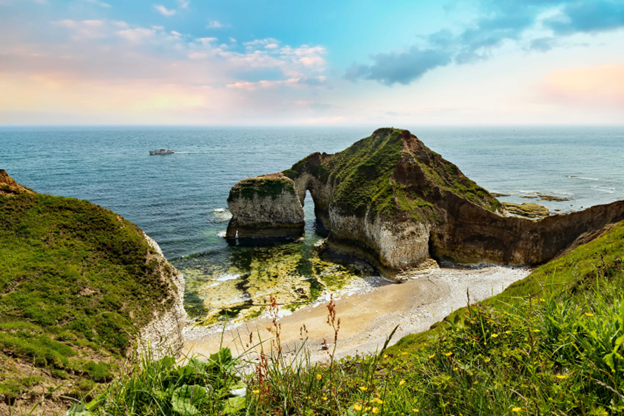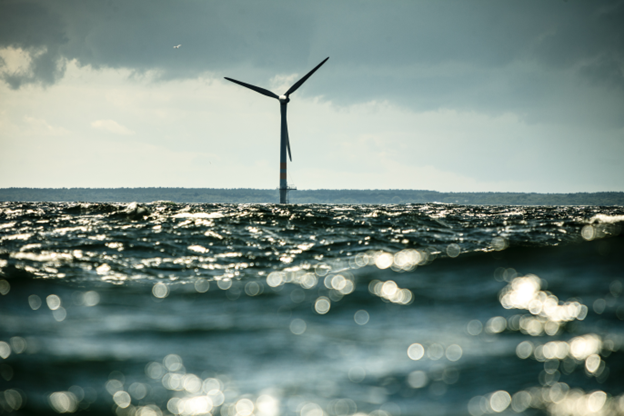The Environmental Audit Committee of the UK Parliament is seeking views on the Government’s delivery of its environmental obligations under international marine treaties and the Government’s strategy for marine planning and protection.
The United Nations’ (UN) 14th Sustainable Development Goal (SDG) relates to the planet’s largest ecosystem, which refers to life below water. The 14th SDG aims to ‘conserve and sustainably use the oceans, seas and marine resources for sustainable development’.
The UK has signed and ratified a number of UN treaties and international agreements relating to the governance of the marine environment and marine protection. The UK also chairs the Global Ocean Alliance, an alliance of 77 countries that champions ‘ambitious ocean action’.
At Conference of the Parties to the Convention on Biodiversity (COP15) in 2022, the UK agreed, as part of the Kunming-Montreal Global Biodiversity Framework, that at least 30% of the planet (land and sea) would be protected by 2030. This built upon the Government’s previous commitment, made in September 2020, to protect 30% of UK land by 2030.
There are a number of competing pressures on the marine environment in the UK, including fishing, offshore energy, undersea cabling, shipping, leisure, and research demands. A strategic marine spatial plan is necessary to balance these whilst conserving coastal and marine areas.
Currently, 35,000 square miles of English waters (51% of inshore and 37% of offshore waters) are designated as Marine Protected Areas (MPAs) to ‘protect habitats, species and processes essential for healthy, functioning marine ecosystems’. The Marine Management Organisation (MMO) are responsible for managing fishing and non-licensable marine activities in these areas. At present, activities considered harmful to the environment such as bottom trawling are allowable in MPAs, except in certain areas. The Environmental Improvement Plan, published in 2023, indicated as an interim target for 48% of designated features in to be in favourable conditions by 31 January 2028 with the remainder in recovery and a long-term target for 70% to be in favourable condition by 2042.
In addition to the 178 MPAs in English waters, in July 2023 three Highly Protected Marine Areas (HPMAs) were established. HPMAs allow protection and full recovery of marine ecosystems to a more natural state to allow the ecosystems to survive. The Scottish Government, consulted on proposals to designate at least 10% of Scottish waters as HPMAs by 2026 but in response to the findings of the consultation, the proposals were not taken forwards.
Terms of reference:
The Committee invites written submissions addressing any or all of the issues raised in the following terms of reference, to be received through the Committee’s inquiry portal by 5.00 pm on Friday 17 January 2025:
Governance and Delivery of International Marine Treaties
- Does the Government have an adequate strategy to address the actions required to ensure alignment with its environmental obligations under multiple international marine treaties?
- How do the UK’s environmental obligations under international marine treaties interact, contradict or overlap?
- What non-legally binding instruments, including Memorandums of Understanding, related to the marine environment apply to the UK?
- How should the UK ensure it aligns with advisory opinions that impact the interpretation of international treaty obligations, such as the International Tribunal for the Law of the Sea’s ruling that carbon dioxide should be treated as an ocean pollutant?
- How effectively are the UK’s obligations in respect of marine protection under environmental treaties being implemented in UK law?
- Are there obligations from treaties that the UK has signed, but not ratified, that have yet to be implemented in legislation?
- How does the UK’s performance compare to other UN ratifiers in delivering its environmental obligations under international marine treaties?
- What are the economic consequences and trade-offs for the UK in exceeding its legally-binding obligations to protect the marine environment?
Marine Planning and Protection
- What are the existing pressures on the marine environment?
- Does the UK have a sufficiently integrated and effective marine spatial planning strategy?
- How well does the UK’s current approach to marine planning operate across (1) different regions and sectors and (2) areas for which devolved administrations have responsibility?
- Are responsibilities for resource allocation, asset designation, and strategic planning clearly defined and well-coordinated across Government?
- What arrangements and resources are in place for the implementation, monitoring, reporting and enforcement of the government’s marine environment objectives?
- Are the economic, social, environmental, and scientific demands on the marine environment adequately balanced in the context of marine spatial planning?
- Does the UK sufficiently balance the fishing quota with scientific data to ensure sustainability in fishing stocks?
- Is the subsidy regime for fisheries management suitable for ensuring long-term sustainable fish stocks?
- What actions should be taken to ensure the UK’s marine spatial planning function is fit for the future?
- How can responses to climate change be incorporated into marine spatial planning to ensure adaptive and sustainable management of marine resources?
- How can emerging technologies improve the accuracy and efficiency of seabed mapping and monitoring to support marine spatial planning?
- How does the UK Government work with devolved nations to ensure that commitments such as ’30 by 30′ are met across the four nations in a fair and equitable way?
- How can the consenting process for marine developments be improved to ensure effective collaboration between planning officers and developers, while balancing environmental protection and economic growth?
- Do UK regulations give sufficient protection to the environment covered by Marine Protected Areas in domestic waters?
- If not, what can be done to give sufficient protection?
- What are the benefits and challenges of designating Highly Protected Marine Areas? Should more areas be covered?
Written evidence should be submitted through the Committee’s web portal by 5pm on Friday 17 January.


